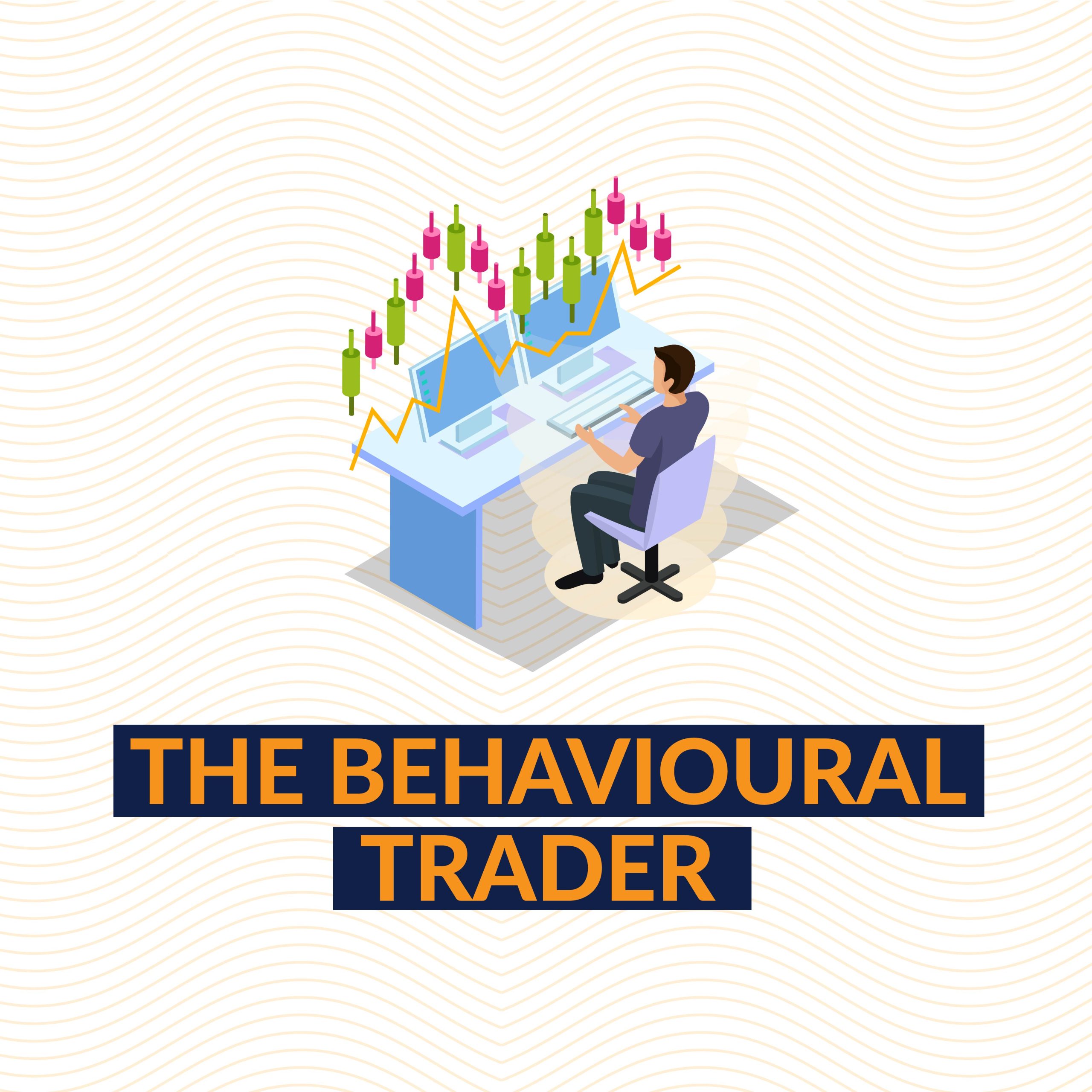The world of trading has come a long way since the early days of fundamental and technical analysis. Today, the smartest traders use behavioral analysis as an algo fine tuner to gain a competitive edge in the market.
Behavioral analysis is the study of how human behavior influences financial markets. It is based on the premise that human emotions such as fear, greed, and anxiety can affect the prices of assets. By understanding how these emotions can influence the market, traders can gain insight into market trends and make more informed trading decisions.
In this article, we will explore the concept of behavioral analysis and how it can be used by traders to improve their trading strategies.
Understanding Behavioral Analysis
Behavioral analysis is based on the idea that human behavior can be a significant driver of market trends. It assumes that investors are not always rational and may make decisions based on emotions rather than sound financial analysis. By studying these patterns, traders can gain insight into market trends and make more informed trading decisions.
One of the key tenets of behavioral analysis is that investors are subject to cognitive biases that can impact their investment decisions. These biases can lead to irrational trading behavior, such as panic selling or buying into a bubble. By understanding these biases, traders can identify potential market opportunities and make better-informed trading decisions.
Examples of Behavioral Biases
There are several cognitive biases that can impact investors’ decision-making processes. Some of the most common include:
Confirmation Bias
Confirmation bias is the tendency to seek out information that confirms one’s existing beliefs and to ignore information that contradicts them. This can lead to investors overestimating the accuracy of their predictions and making poorly-informed investment decisions.
Loss Aversion
Loss aversion is the tendency to feel the pain of losses more acutely than the pleasure of gains. This can lead to investors holding onto losing positions for too long or selling winning positions too soon.
Herding
Herding is the tendency to follow the crowd and make investment decisions based on what others are doing. This can lead to a market bubble or crash if too many investors make the same decisions based on incomplete or inaccurate information.
How Behavioral Analysis can be Used in Trading
Behavioral analysis can be a powerful tool for traders looking to gain an edge in the market. By understanding the emotional and cognitive biases that impact investor decision-making, traders can identify market trends and potential opportunities.
One way to use behavioral analysis is to look for patterns of investor behavior that indicate a potential trend. For example, if there is a sudden increase in buying activity for a particular stock, it may indicate that investors believe the stock is undervalued and could see a price increase.
Traders can also use behavioral analysis to identify potential market bubbles or crashes. By looking for patterns of herding behavior or other cognitive biases, traders can identify when the market may be overvalued or undervalued and make more informed trading decisions.
Another way to use behavioral analysis is to identify market sentiment. By monitoring social media and other sources of investor sentiment, traders can gain insight into how investors are feeling about particular assets. This can help traders make more informed decisions about when to buy or sell a particular asset.
Conclusion
Behavioral analysis is a powerful tool that can be used by traders to gain an edge in the market. By understanding the emotional and cognitive biases that impact investor decision-making, traders can identify market trends and potential opportunities. Whether you’re a seasoned trader or just starting, behavioral analysis can help you make better-informed trading decisions and improve your overall trading strategy.



